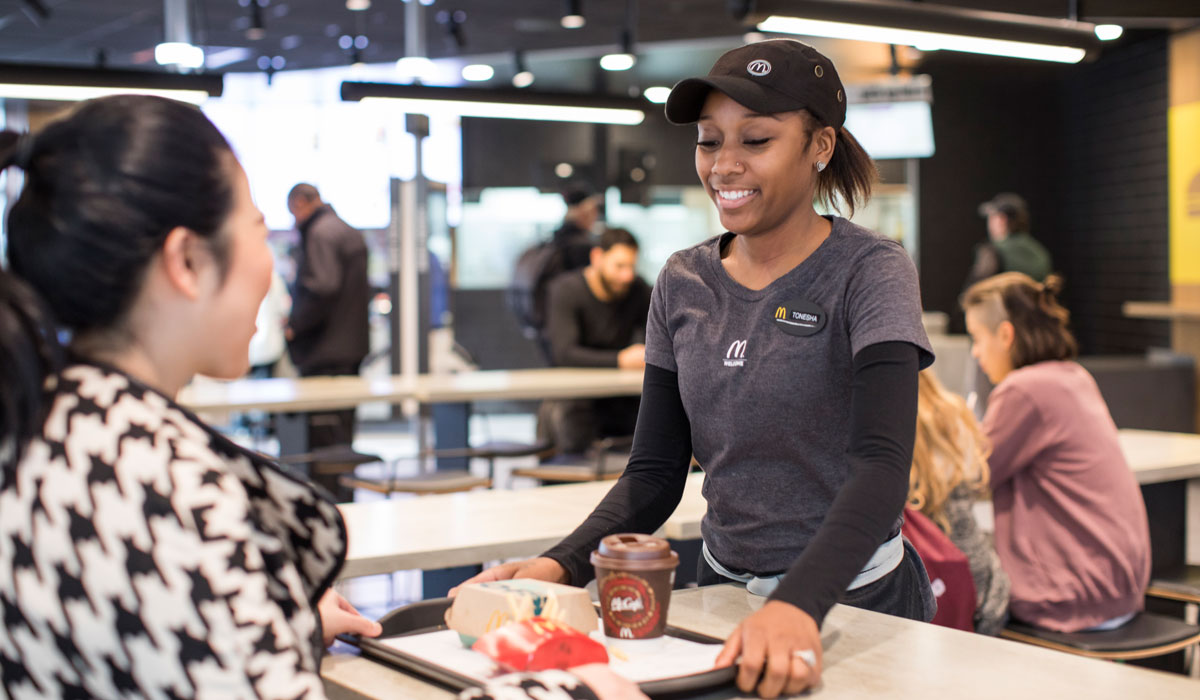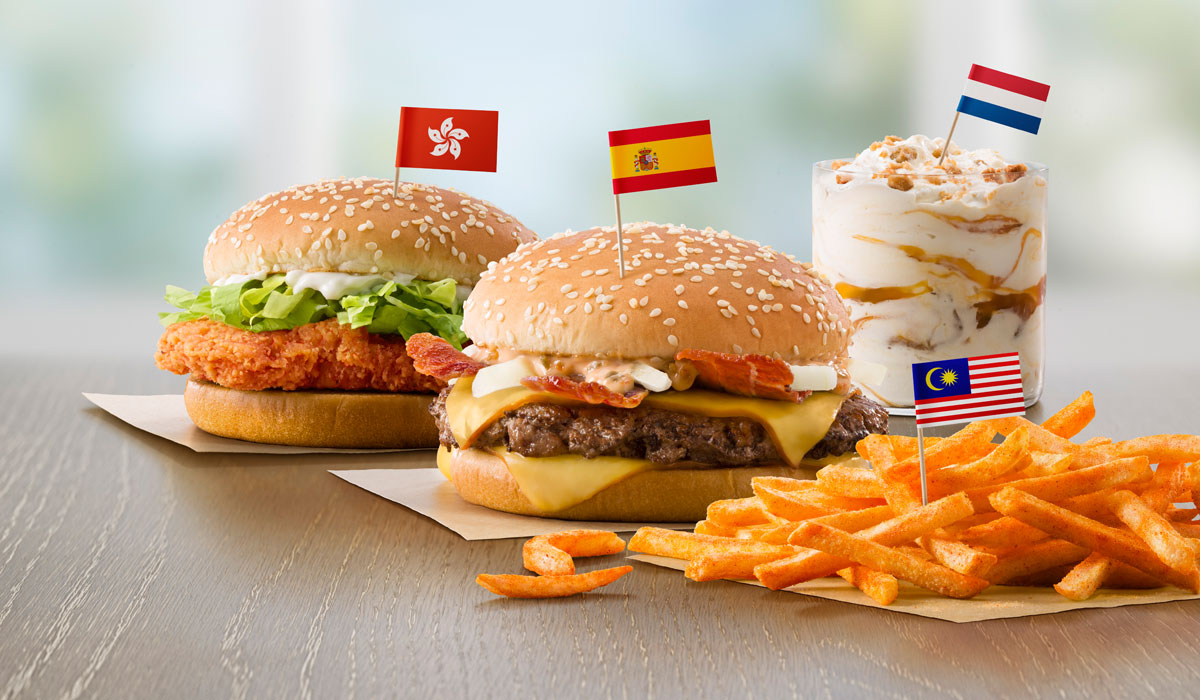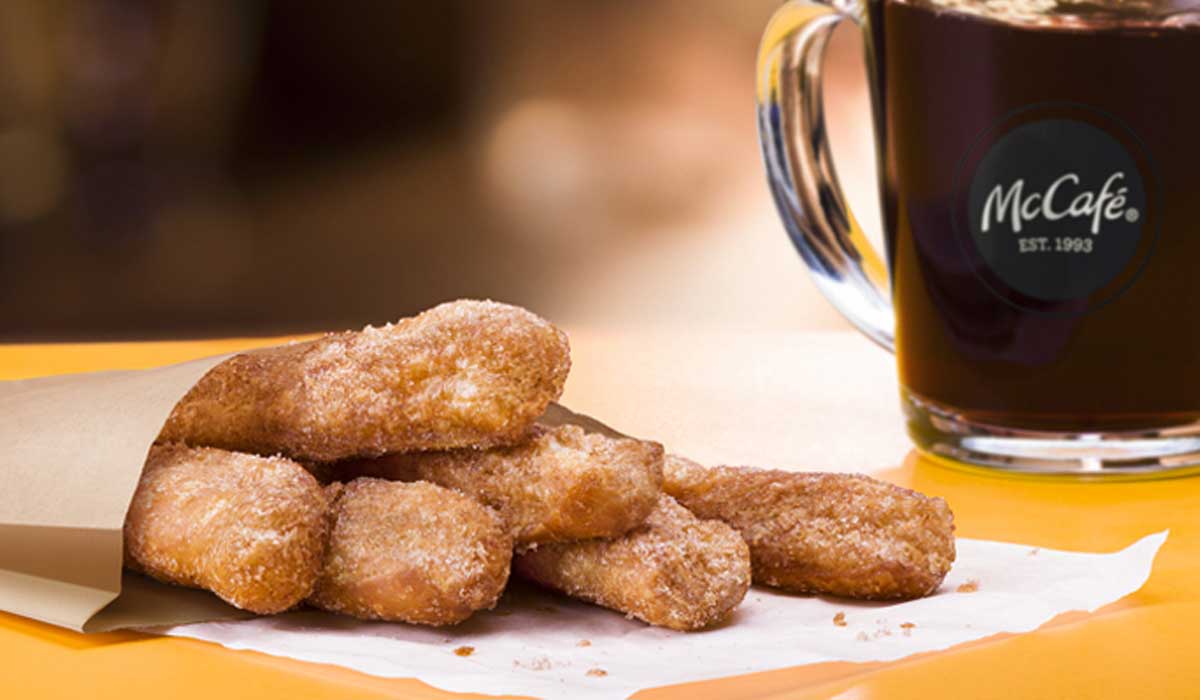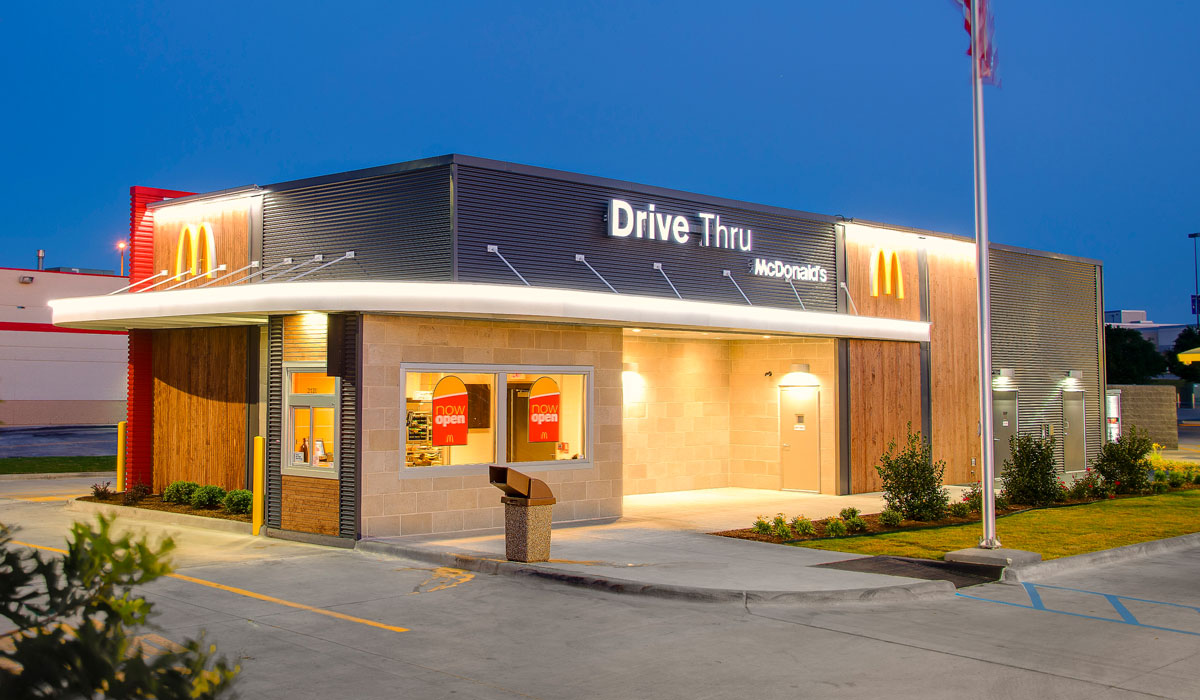McDonald’s drive-thru times have increased, year-on-year, for the last five. That culminated with a QSR Drive-Thru Study bottom-rung result of 273.29 seconds in 2018. If you stretch back to 2012, McDonald’s clocked 188.83 seconds. The following year it was 189.49, and the slowdown was on.
It’s not fair to corner McDonald’s into this trend—it’s an industry-wide shift. Of the brands studied this year, the average was 234.08 seconds, a significant drop from last year’s 224.77 mark. Back in 2003, the national average was roughly 190 seconds. Why the lag? Priorities and added complexity into restaurant menus. Order accuracy has improved over time and technology changed the conversation. Tablets led to efficient line-busting; wireless communications systems made back-and-forth with customers more effortless; and LED menuboards have given guests clearer ideas of what they might want to order. Some of these improvements drag speed of service. One key indicator: In the 2017 study, one the top-rated chains—Chick-fil-A—was also one of the slowest. And last year, McDonald’s and Chick-fil-A took the last two spots, but had far and away the most vehicles in line. In the six or more vehicles category, McDonald’s had 11.9 percent of the time, while Chick-fil-A was an impressive 38.9 percent. No other brand cracked 5 percent. So speed isn’t exactly king in the drive thru like it once was. But that doesn’t mean it’s not critical.
McDonald’s has mentioned improving drive-thru speed several times over the last year—a transformational run defined by the remodeling of 4,500 or so units to the Experience of the Future design, a shift in value strategy to focus on local marketing, and the restructuring of its organizational structure to support a more heavily franchised business model.
“When our technology ecosystem is linked, it will provide a seamless ordering experience for our customers and will leverage our size and scale to take advantage of being one of the first brick-and-mortar companies to integrate decision logic into the customer ordering process.” — CEO Steve Easterbrook on McDonald’s Dynamic Yield purchase.
Before diving into the drive-thru element further, McDonald’s began fiscal 2019 in stellar fashion. The company reported first-quarter global comparable same-store sales of 5.4 percent on Tuesday, including a 4.5 percent increase in the U.S. The stateside comps reflected successful promotions, McDonald’s said, including the Bacon Event, its $5 Mix and Match deal, and Donut Sticks, as well as a net positive impact from the EOTF designs.
Overall revenue fell 3.6 percent to $4.96 billion but hiked 2 percent in constant currency as McDonald’s continues to refranchise. Operating income declined 2 percent to $2.09 billion. It was up 3 percent in constant currency and adjusted earnings per share dipped to $1.78 from $1.79.
McDonald’s sales lift wasn’t driven by guest counts in the U.S. The chain didn’t provide exact figures, only to say it was similar to recent declines (traffic fell 2.2 percent last year). Pricing was up about 2 percent in Q1 and average check drove the figure. This is another reason speeding up the drive thru is so important for McDonald’s. Is the slowdown costing the chain transactions?
Driving changes
In March, McDonald’s announced it was spending $300 million to acquire startup Dynamic Yield. The decision-logic company gives McDonald’s the chance to create a more personalized experience by varying outdoor digital drive-thru menu displays to show food based on time of day, weather, current restaurant traffic, and trending menu items. It can instantly suggest and show additional products to a customer’s order base on their current selections.
Chief executive officer Steve Easterbook said during Tuesday’s conference call that McDonald’s has already begun rollout of the technology. It’s up and running in 700 drive thrus across the U.S.
In regards to speed, the platform uses data collected based on current restaurant traffic, and then starts suggesting items that make peak times easier on restaurant operations and crews, Easterbook said. Over time, the technology will expand across all of McDonald’s digital platforms, including its app and self-order kiosks.
“When our technology ecosystem is linked, it will provide a seamless ordering experience for our customers and will leverage our size and scale to take advantage of being one of the first brick-and-mortar companies to integrate decision logic into the customer ordering process,” he said.

To further improve speed, Easterbook, who said he’s personally chosen to lead the initiative in 2019, said McDonald’s is taking best practices from around its global system. In Italy, for example, operators ran multiple drive-thru competitions in restaurants to encourage best practices. With accountability and gamification, Easterbrook said, customer satisfaction scores increased across all categories, from friendliness to accuracy to speed.
McDonald’s installed a similar method in the U.S., creating an incentive program where restaurants competed against other to achieve the best service times. The program was introduced in the middle of Q1, “and it made a difference with lower service times while improving guest counts in many of our restaurants,” Easterbook said.
The Boise-Twin Falls, Idaho Falls co-op won the event. Easterbrook added they served guests faster at the “critical breakfast daypart,” which has been a stress point for McDonald’s in recent months. The company has seen a slowdown in the segment. Not so much in products, but in the daypart itself. Given breakfast accounts for 25 percent of McDonald’s sales, it was a trend the company needed to reverse. And it suggests products weren’t necessarily the issue. It was service. The drive thru plays a leading role during breakfast, which targets on-the-go customers heavier than other occasions. A long drive-thru line in the morning is an easy deal breaker.

The complexity issue
For the last 12–18 months, the majority of McDonald’s focus has been on the in-restaurant experience. The aforementioned EOTF designs being the main draw. But also kitchen procedures and the rollout of products that simply take more time to prepare, like fresh beef Quarter Pounders and Signature Crafted items.
Easterbrook said McDonald’s has “worked our way through that now,” and can get back to the basics of running better restaurants. The starting point: a focus on the drive thru during peak hours of breakfast, he said, adding it’s “clearly an opportunity for us.”
“And yes, we managed to reduce service times, which was really encouraging,” Easterbrook said. “It was a later start in the quarter. But certainly, the enthusiasm in the co-op to co-op competitions was great. So we’re going to continue with a series of these throughout this year.”
He said service times are coming down but wouldn’t provide exact figures just yet. Easterbrook did note that some international markets, like Germany, Italy, Poland, and Spain, are seeing anywhere between 20–40 seconds taken off.
In April, McDonald’s said it would phase out its Signature Crafted Recipe lineup in favor of a new Quarter Pounder collection. The culprit was convenience. CFO Kevin Ozan said earlier in the year several menu changes, including the Signature Crafted items, were sagging drive thrus and adding complexity into the business.
Easterbrook said Wednesday that McDonald’s is always playing a balancing act when it comes to menu innovation and how that affects everything else. How do you create new news to remain top of mind for consumers, but not make it so complex that it starts to become a challenge for teams and, therefore, inadvertently impact guests?
McDonald’s answer was to build upon its core menu. “So when you can start to use ingredients we already have in our restaurants on menu items that our crew and managers are very familiar with preparing, it really is a seamless activity,” he said.
Hence, the Quarter Pounder focus. There will be new items, likely more in the limited-time offer realm, however. “Just to try a bit of a balance and a bit of excitement. Our regular customers like trying something different every now and then, but then typically revert back to what they know and what they like,” he said.

McDonald’s also significantly cut the size of its overnight menu. That will help the drive thru greatly, too. Easterbrook said most of the restaurants were already running a somewhat more limited offering late night. This just formalized it, which would aid customers.
As for premium items, it comes down to whether or not the added complexity made logistical sense. “Is it really worthy of that complexity or can we offer a better experience for customers by plussing up our core traditional menu?” Easterbrook said.
At McDonald’s innovation center, the company runs marketing programs through test kitchens and tries to recreate peak-hour pressures. It’s a role-play of sorts where McDonald’s sees what happens when a particular type of customer arrives and where complexity starts to derail the operation. “And I can tell you that facility has never been used as widely and full as it is now,” Easterbrook said. “We’ve probably got 20, 30 markets that will go there each year and every year to validate that operationally we can cope with the exciting marketing and promotional plans that are being built.”
What worked, and the $3 billion rise of delivery
McDonald’s comps built off national promotions. The Bacon Event, 2 for $5 Mix and Match Deal (which included fresh beef Quarter Pounders for the first time), and Donut Sticks all resonated, Easterbrook said. Throughout 2019, McDonald’s will continue to pulse in national deals, like the 2 for $5, which relaunched this week. But, unlike past quarters, the company will complement the national message with local value at both breakfast and on the $1 $2 $3 Dollar Menu as individual co-ops decide which items resonate best at the ground-level.
For comparison, in Q1 of last year, the vast majority of McDonald’s marketing spend was national and tied to the Dollar Menu. “We’ve actually now swung to a little bit more of an equal balance certainly in this first quarter as we’ve got behind local value and local breakfast support as well,” Easterbrook said. “So I think all these things are helping just get the right balance in how we leverage our scale, but also recognize the local differences as you go around the country.”
He added that local marketing has helped breakfast in particular, and that McDonald’s is back onto that growth trajectory.”
“I think we feel encouraged,” he said. “I know that the focus on just the restaurant operation and in particular, the drive-thru played a positive role in that, introducing new menu item news like the Donut Sticks, further supporting the McCafé investments we’ve made.”
Easterbrook said delivery has been one of McDonald’s most successful accelerators from the start, likely due to the speed at which it’s rolled out. The business has grown to a $3 billion slice for the brand, with room to expand. It’s currently offered in more than 20,000 restaurants across 75-plus countries—more than half of McDonald’s units globally.
Easterbrook said he believes McDonald’s is “on the verge of unlocking some of that delivery potential more within the U.S.” While there’s a good amount of units onboard, the actual guest counts per restaurant per day is still behind some international results.
“And I think you can expect to see, as we get a critical mass on our system, more marketing support behind it so that we can raise consumer awareness,” he said.










